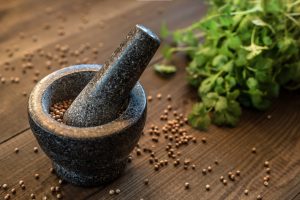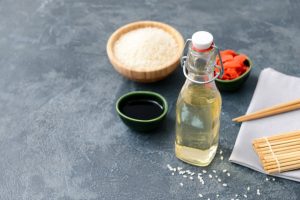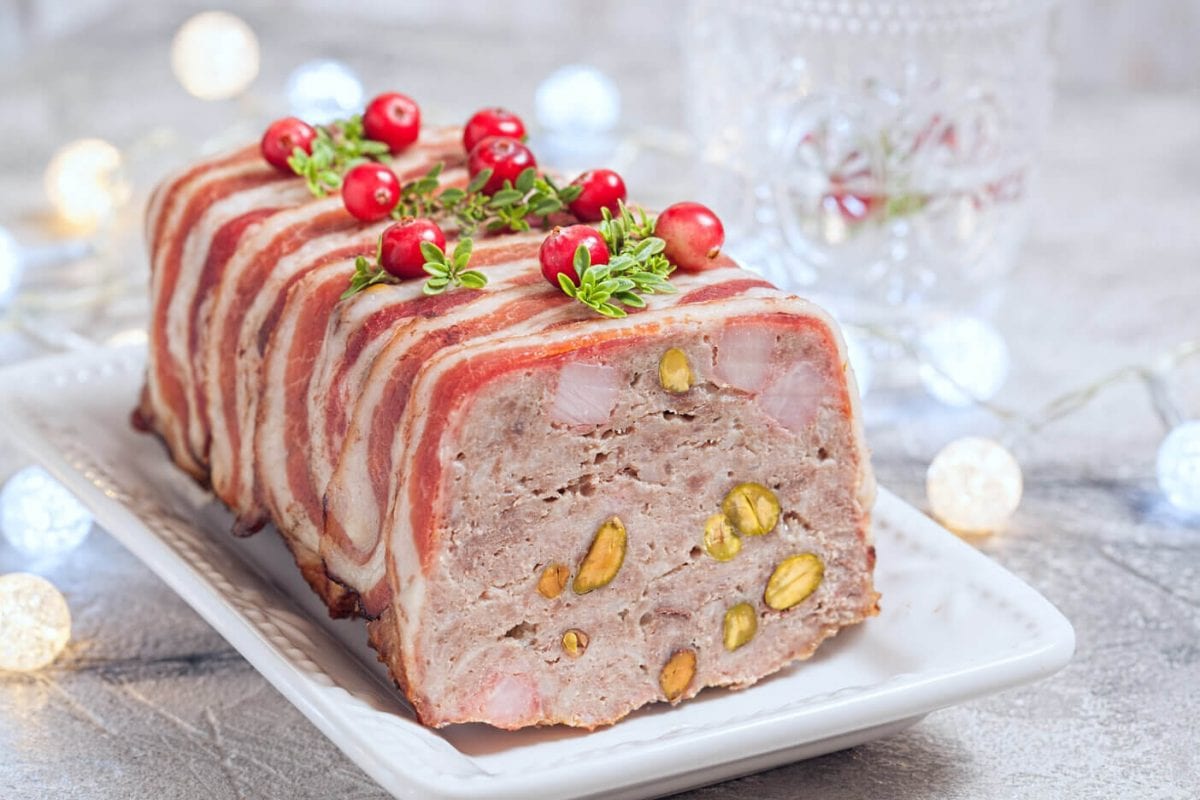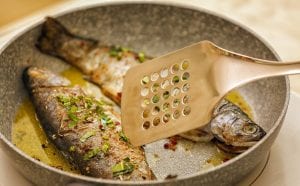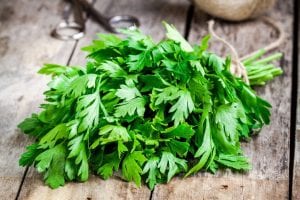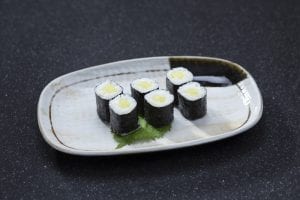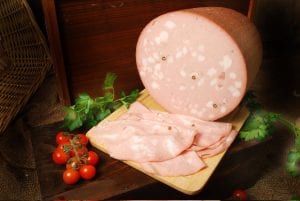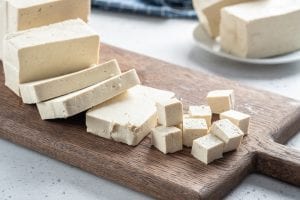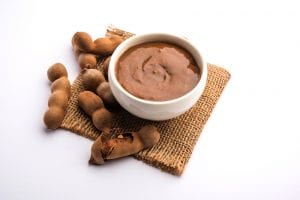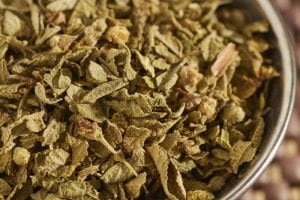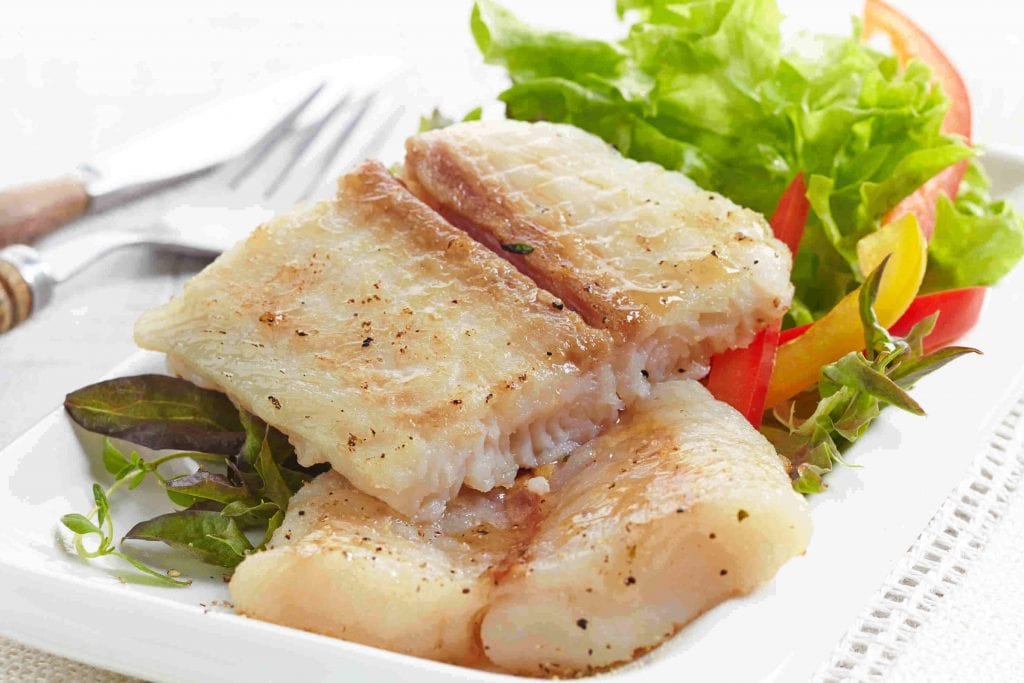
Swai fish is an imported fish from Vietnam that has been growing in popularity in the United States. It is mild in taste and delicate in texture, with light flaky meat that melts in your mouth. Its appeal, as many would say, is attributed to it being an affordable substitute for expensive fish like haddock.
But what exactly is swai fish? Swai (sometimes called Asian catfish) is a freshwater fish that is native to the Mekong Lake of China. However, farming of swai has been carried out by the Vietnamese so it’s more commonly associated with the Southeast Asian country. Most swais bought in the U.S. market are also imported from Vietnam and are mostly sold filleted and frozen.
If this fish hasn’t reached your grocery shopping list yet, then we’re hoping that reading through this article will help you understand this seafood a little better. So the next time you visit a grocery store, you won’t be as hesitant as you were before about this controversial fish food.
What Is Swai Fish: Taste, Texture, and More
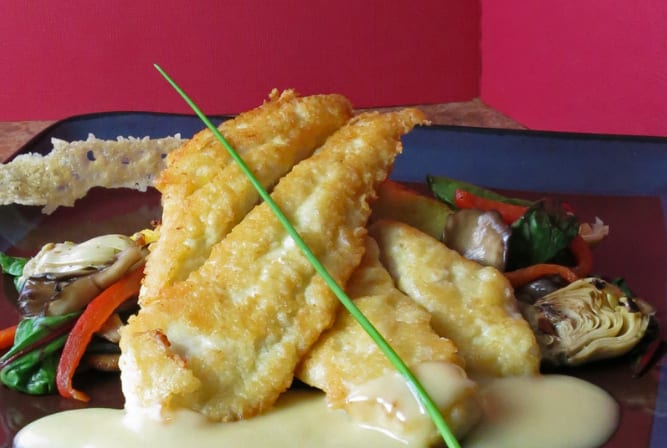
Flickr | David
Some of us know what swai fish is because we’ve probably seen it in a grocery store. It’s also possible that some of us have used it to substitute wild-caught salmon because it’s a cheaper alternative. But the question is, what kind of fish is swai fish?
Swai fish is called by a variety of names. These include tra, striped pangasius, cream dory, and iridescent shark (also iridescent shark catfish). And though incorrectly, they’re also sometimes called basa and panga. They belong in the family of shark catfishes from the family of Pangasiidae. But in the U.S., they’re more popularly known as Asian catfish and marketed as swai fish.
Before being filleted for market consumption, swai fish have dark scales that closely resemble tilapia in color. Its body is also iridescent and has two striped lines along it. Hence, the names iridescent shark catfish and striped pangasius.
When raw, swai is delicate, tender, and is light-beige in color. After it’s cooked, swai becomes what people love it for: flakey, yet tender and moist. Its meat also turns white after it’s cooked. But above all, people price swai for its sweet, buttery, and mild flavor without any hint of fishy taste. In fact, swai fish’s taste and texture also closely match the popular salmon. This is why many have started to use it as a cheap substitute for wild salmon. Aside from salmon, it is also frequently compared with catfish when it comes to taste and texture.
READ ALSO: The Debate Between Fish And Meat – Is Fish Meat?
Is Swai Fish Safe to Eat?
We did mention that swai fish is popular. However, it’s also quite infamous in some Western households.
One of the major issues thrown around is how these fishes are farmed. They are said to be raised in unclean waters filled with harmful bacteria. While some swai fish have indeed been raised in unsanitary and overcrowded conditions, those that do come from fish farms that are operating illegally.
Swais are safe to eat and they do not have low nutritional content despite what others are led to believe. Some are simply “not safe” because they have not met country regulations for catfish and swai food production. So in summary, it is the way that some of this seafood were farmed that is unsafe—not the fish itself. To add, like most seafood you frequently eat (shrimp, canned tuna, oysters, and more), swai fish also has mercury in it. But before you turn your back on seafood, know that their mercury levels turn out to be so low that they have no real effect on your health.
With that said, you can always avoid eating swai if you really want to be careful and not risk it. But it also won’t hurt if you keep a lookout for a more trusted source of these flakey and buttery fish. To be safe, look for the Best Aquaculture Practices (BAP) certification or label in its packaging. BAP ensures seafood in the market is safe for consumption. Aside from BAP, you can also look for ASC Farmed Pangasius and Naturland. These are just some of the seafood and eco-certification programs that ensure safe food and fish production.
How To Cook Swai Fish

People not only buy swai white fish for its flaky and tender meat. Some also love that it doesn’t have a fishy taste and smell at all. In fact, its buttery texture is what attracts people the most. It also has a slightly creamy aftertaste that’s perfect for baked creamy dishes. Aside from this, consumers who don’t like and eat fish that much prefer this over other kinds you can find in stores.
In Western cooking, swai is more commonly baked and fried because their meat is delicate and flaky. Although you can easily grill it too by wrapping it in foil. For a healthier option, you can also steam it. Whichever method you choose, the most important thing is to marinate it in rich savory sauces or rubs to further elevate its taste.
Now that you know more about swai fish, how about we introduce you to some popular dishes the swai is most known for?
- Seasoned Swai Fish Fillet – Do you want to elevate swai’s slightly sweet and tender flavor even more? Try this seasoned fish fillet that bathes swai in flavourful herbs and lemon that can leave you wanting more!
- Baked Swai Fish – As we said, swai is perfect for baking. It’s even more perfect if you put it together with creamy and buttery sauces to complement its flavor. That’s what you’ll have in this recipe that’s loaded with creamy salad dressing and lots of shredded cheese. Bake it until the crumbs are flaky and you’ll have the creamiest seafood dish at your dinner table.
- Spicy Catalina Swai Recipe – If you want a dish that can give you more kick, you can also try this spicy and savory swai recipe. What better way to spice up your dishes than adding a teaspoon or two of Sriracha?
8 Swai Fish Substitutes You Can Try
We understand if you’re still a little apprehensive about swai. After all, we should always be careful about what we eat and what we try among the array of food available in the market. Whether you want to do more extensive research on swai or simply trying to find alternatives, we put together a list that can help you discover substitutes that are risk-free and readily available in markets near you.
Salmon
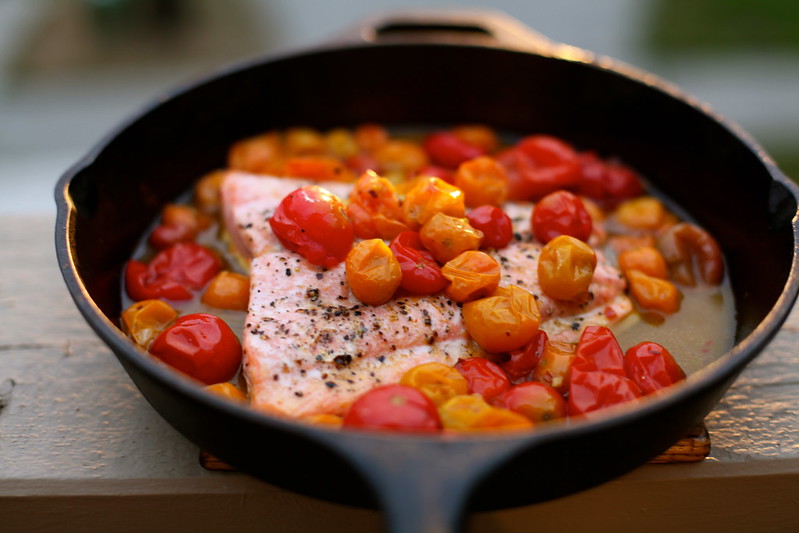
Salmon is a delicious fish, as evidenced from this scrumptious pan seared salmon recipe. And by now we already know salmon and swai fish closely resemble each other when it comes to taste, texture, and color (when salmon is cooked). Plus, they’re also cooked and used in dishes the same way too.
Except, they’re not only similar in these aspects. They also share similar vitamins one would benefit from. To start off, they’re both rich in omega-3 fatty acids that can improve your cardiovascular health. They’re also a good source of vitamin B12 which helps prevent anemia and other birth defects. That being said, it’s also natural to use salmon in place of any swai recipe and vice versa!
Tilapia
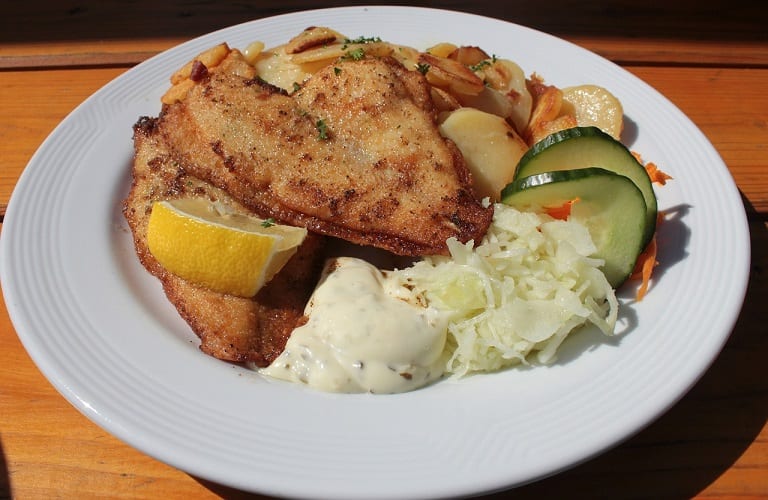
Next to salmon, your next best pick is tilapia. Why, they easily share most attributes including the flakey texture, white-flesh color, and the absence of fishy smell and taste. And though a small difference, tilapia renders you a sweeter taste than swai fish.
If your problem is the limited choice of fish in your area, then this particular substitute might solve your problem because fish tilapia is easily farmed. As a result, they are available at almost every store and are a low-cost alternative to either swai and salmon. And if you want to dress up this economical fish, try making this fancy salsa verde tilapia for a change.
Basa Fish (Vietnamese Catfish)
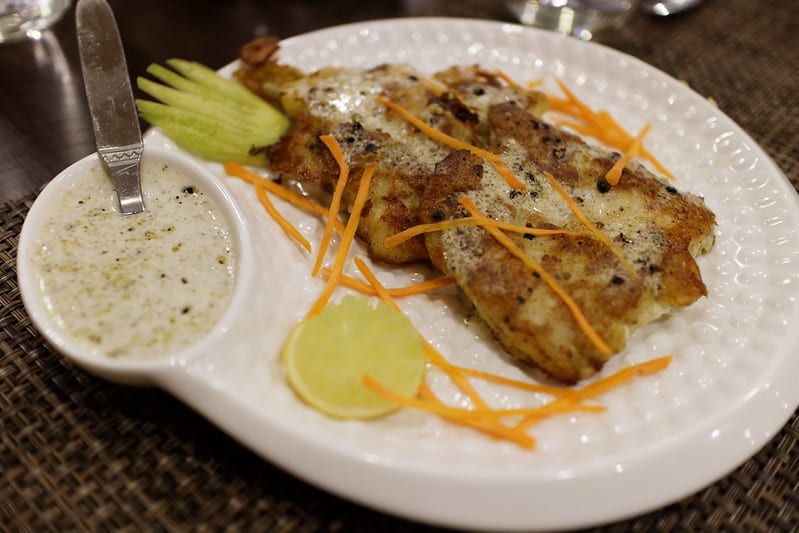
Flickr | Nadir Hashmi
Like swai, basa fish (also called Vietnamese catfish), is a kind of Asian catfish formerly used for fish fillets back in 1994 in the U.S. So, of course, what better fish to stand in for swai than basa? In fact, they’re confused together so much that they became almost synonymous in some countries.
To name a few of their similarities, they are alike in taste which is mild and sweet. Not to mention, they almost look the same whether filleted or not. One way to tell their difference is by their texture. Basa’s meat, although still flakey, is slightly coarse and grainier compared to swai’s slightly crackly texture— though we don’t think anyone would notice much once the creamy sauces and delectable stew base are added.
Green Striped Bass
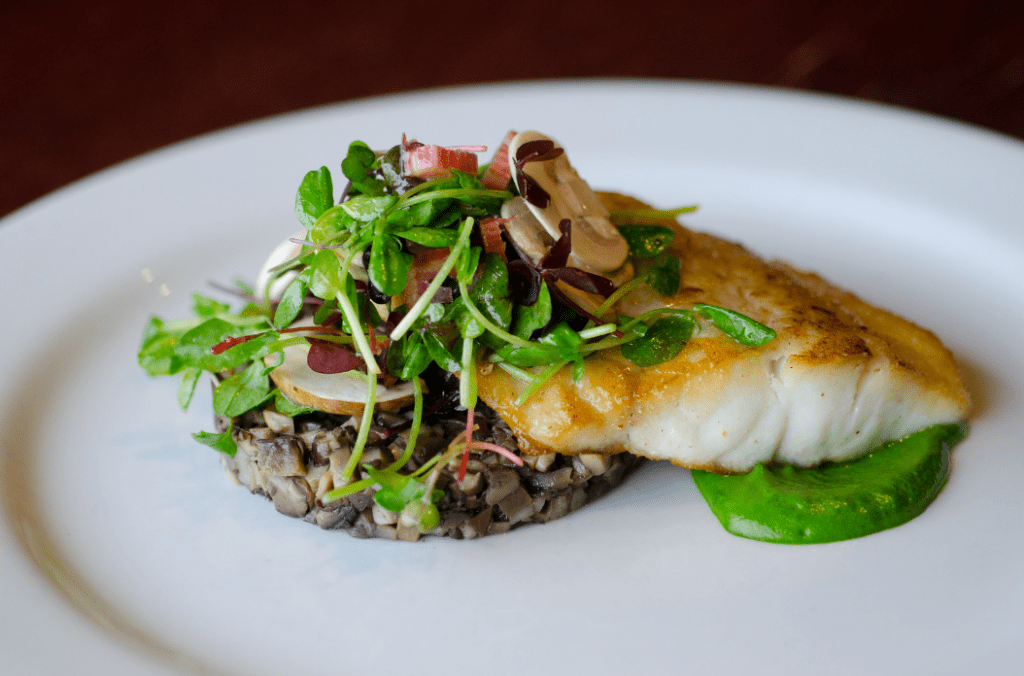
Flickr | Kurman Communications
Striped bass is widely considered as one of the most popular fish to eat in North America for its quality: buttery, flakey, mild in flavor, and most of all, without a hint of fishy smell. This makes it perfect for many styles of cooking, from baking to grilling and even steaming. This steamed striped bass with ginger and scallions will give you an idea of its versatility.
Striped bass is also used to substitute for catfish because they’re much easier to find in the market. Since catfish and swai are closely related to one another, it’s also one of the best substitutes for swai fish. That is if you’re not after copying the original flavor as striped bass is also salty. If the recipe doesn’t call for a briny taste, then you are free to try other options provided in this list.
Haddock
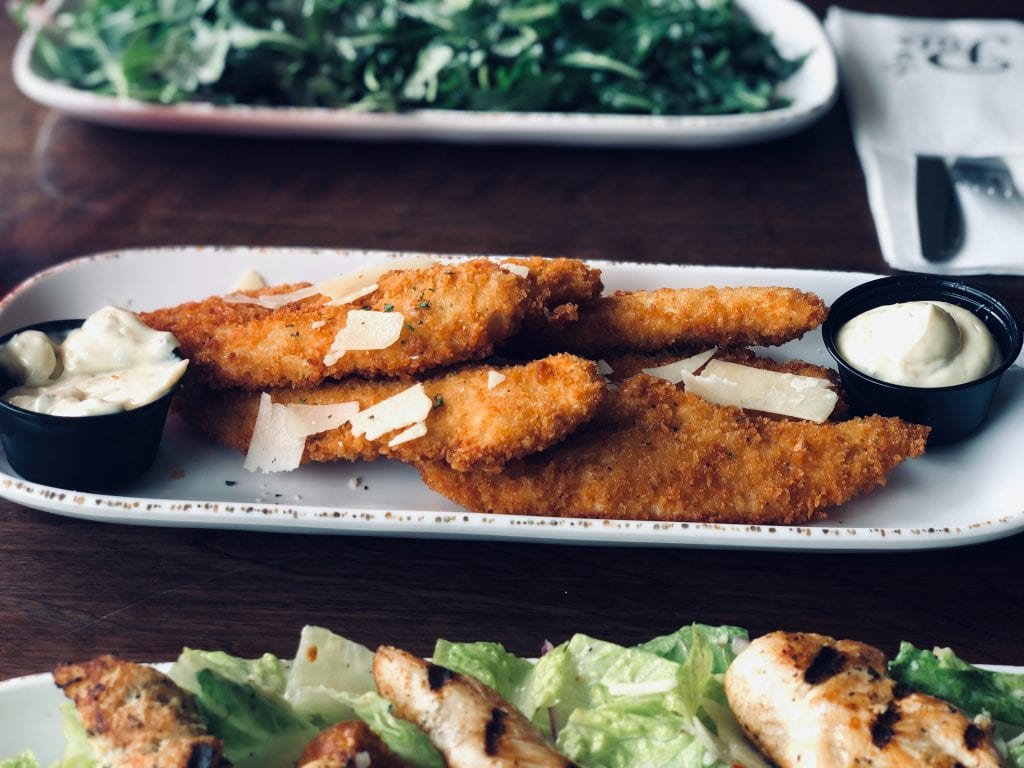
Haddock is said to be best accompanied by ingredients such as tomatoes, potatoes, and garlic, kind of like this fish stew with ginger and tomatoes recipe. Although Haddock is best known to replace cod in recipes, it can also be used to stand in for swai fish if you’re looking for a more healthy alternative. For most parts, they are similar in taste and color.
The difference lies in their texture. Unlike swai’s tender and delicate meat, haddock’s meat is firmer and leaner. There’s also very little fat thanks to said lean meat. If you’re going to use haddock, we recommend using this alternative for recipes that don’t need fats as much.
Pacific Cod
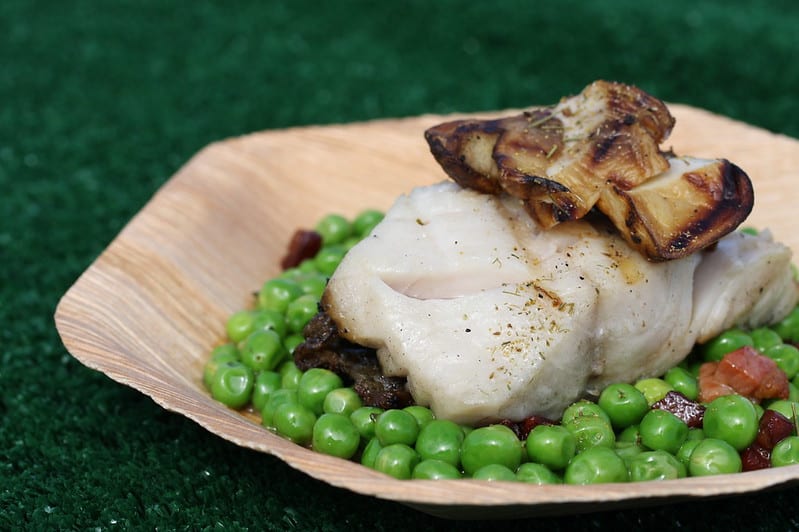
Flickr | Justin Marx
If you’re looking for a fish that can stand in for swai’s flavor profile rather than texture, then pacific cod can do the trick just as nicely as it is just as mild-tasting. The Pacific cod differs from swai fish in texture. Despite having very rough skin, Pacific cod has firm and chunky meat which is ideal for frying or baking like this baked cod recipe. Of course, you’re free to remove the skin like how you would salmon.
Flounder
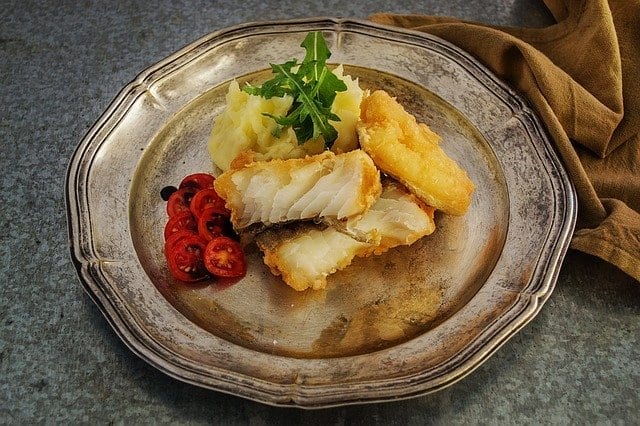
Compared to swai, flounder is mild with a sweeter aftertaste. They’re not as moist, buttery, and fatty in texture too, creating medium-firm meat that can hold up much better when cooked in high heat.
In general, they’re a much more suitable alternative for catfish rather than swai due to their similarities in flavor, but they are often cooked and served the same way as the latter. This pan-fried flounder, for instance, would be a perfect stand-in for a fried swai fish. Playing with your dish and adjusting flavors should also be enough for flounder to stand in for swai in some recipes.
Sole
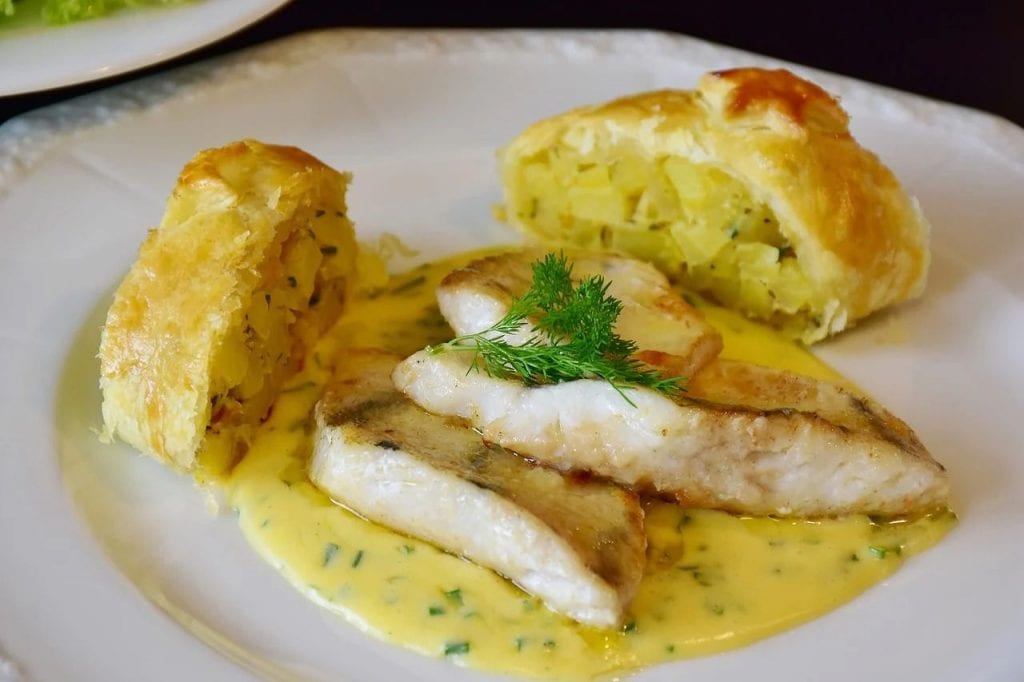
Although this fish can’t exactly replicate swai both in texture and taste, sole (like flounder) plays the same role as tilapia and cod in dishes. Its flavor is sweeter with a texture that is firmer and rigid than either tilapia or cod. To be exact, its meat is slightly meat-like which is a contrast to swai’s delicate meat that easily turns mushy when you overcook it. That’s very unlikely to happen with sole fish. So for this substitute, how about you try crab stuffed filet of sole that’s a little more elaborate and fancy?
Swai Fish Is Actually A Delicious Seafood You Can Add to Your Dishes
We know trying new food you have zero knowledge about is quite daunting, especially one that’s been surrounded with misconceptions and false information like the swai fish. Hopefully, we straightened some facts out for you through this article. If you’re ready to give swai recipes a try, you’re always welcome to check our list of swai recipes!
Was this page helpful?
Read Next: What Is Gruyere Cheese And How to Use It

